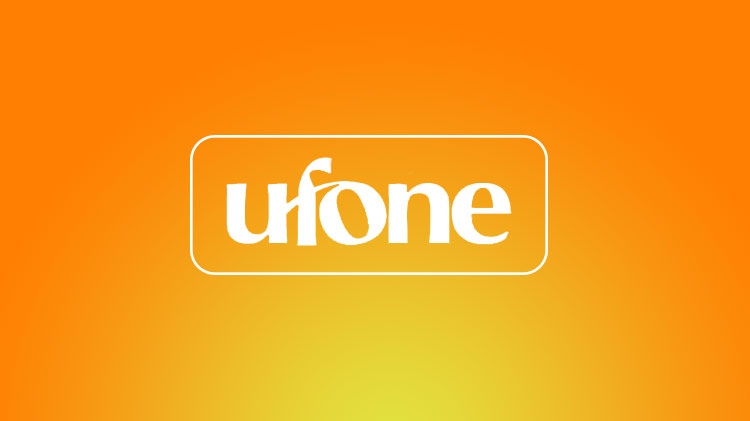After much of a delay, Ufone finally launched the next generation 4G internet services for its consumers. Considering a significant competition from the other companies, will Ufone be able to stand out; let’s have a look.
Over the past weekend, Ufone has finally rolled out 4G services for its users. The services have first been made available in select areas including Rawalpindi and Islamabad, for testing purposes. The services are soon expected to be expanded to the other regions of the country as well. The question here is that with the widespread existing 4G operations from the other telecom companies of Pakistan, will Ufone be able to compete with its nascent 4G network?
4G operators in Pakistan:
Pakistan auctioned off its first 4G license and four 3G licenses back in April 2014. Of the five major telecom operators operating at that time, only Zong CMPak was able to get its hands on the 4G and a 3G spectrum which gave it an early bird advantage with the only 4G spectrum in the industry. Ufone, Jazz, and Telenor were able to acquire the 3G spectrum while Warid didn’t participate in the auction at all. Realizing that the telecom services would soon need the next generation networks, the telecom operators with 3G spectrums then started gearing up to acquire 4G spectrums.
There was a lot of curiosity about why Warid hadn’t participated in the first 3G/4G auction. Within a couple of months, the company announced launching the country’s first 4G LTE network. Telenor was awarded a 4G spectrum license back in 2016 while Mobilink (now Jazz) acquired a 4G license for its users by merging with Warid. Ufone, however, hasn’t been able to launch these services until now.
The benefit of being an early bird:
It has been 5 years since the first 4G service was introduced to the Pakistani population. Ever since then, the early adopter consumers have gradually added to the subscriber base of Zong, Jazz, and Telenor. As of now, Zong boasts the highest number of 4G subscribers. Zong witnessed an increase in its 4G users pretty early as compared to the other telcos. Zong had about 7 million 4G users by 2017, a number which is greater than the subscribers of all other telecom companies. The company now has 10 million 4G users.
The second highest number of 4G subscribers is boasted by Jazz. Jazz originally didn’t have a 4G license of its own. It was able to offer 4G users and acquire a subscriber base of 4G users, by merging with Warid in 2016. The telecom company now has about 7 million 4G users. At third, we have Telenor which has about 4.7 million 4G users.
Is there a chance for Ufone:
Given the competitive landscape which exists for 4G services, it could be a bit difficult for Ufone to acquire a significant share of 4G users from other competing telco companies. But as we can see from the upward trend of the 4G subscribers, we can see that, after a while, a major chunk of conversions come from the same telco’s 3G subscriber base. So, the users which had an intrinsic need for a high data bandwidth have already adjusted with the competitor telecom companies. Ufone might have to offer added incentives if it wants to clinch the high-bandwidth users from the other companies.
It means that the 4G consumer base might not necessarily come from the other telecom companies but rather from the company’s own user base. The current 3G users of Ufone would be keen to have their sims replaced and ready to get onboard the 4G network. We have already observed from the PTA data that the current rise in the 4G subscriber base for all the telecom companies majorly consists of the conversions from the existing 3G users, and the same would be true for Ufone.
Unfortunately, Ufone will continue to be the telco with the smallest user base











